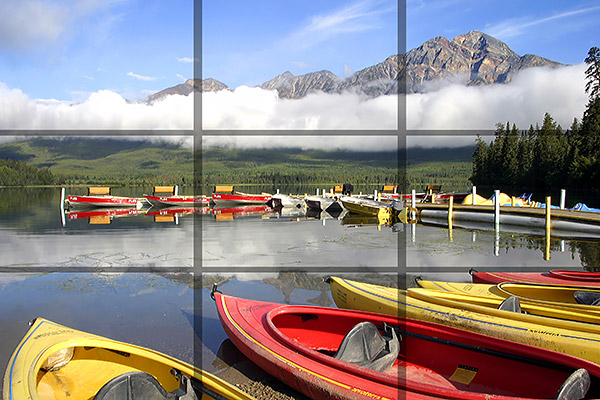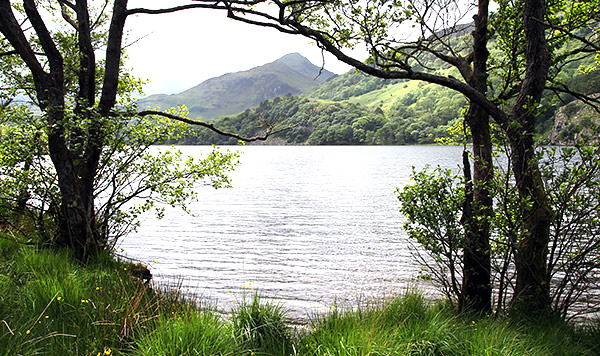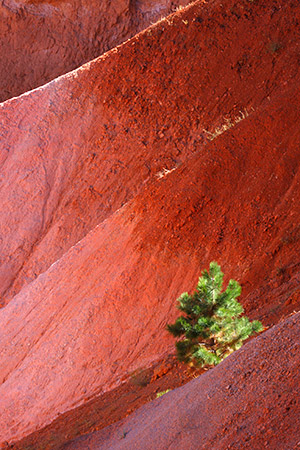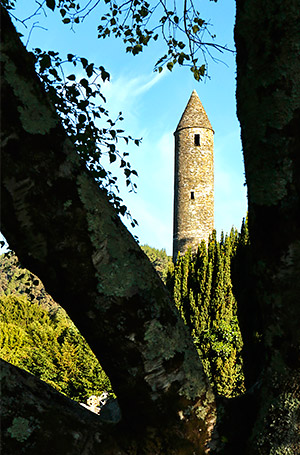Landscapes
Consideration of the composition will vary according to the many different
types of photography that abound. For instance, someone shooting exclusively for
calendars should be taking the utmost care in composing a landscape, as that
photograph will be viewed for at least a month, and needs to contain enough
detail and interest to enable it’s viewer to regularly ‘lose’ him or herself in
the picture.
Foreground interest
So how is good composition related to your own photography? Well, for
example, you’re on holiday in the mountains and are standing at the edge of a
lake. You might want to include a friend or relation in the picture, or
boulders, grass and suchlike protruding from the water, or in my example below,
boats. This is called foreground interest, and grabs the attention of the
viewer.
Rule of ‘thirds’
This is where you can put the “rule of thirds” into operation, as
illustrated here via a grid overlay . . .

Canadian Rockies, Alberta
The ‘thirds’ in this image are approximate, as the mountain peak is beyond the
right-hand third, but matters not. The boats in the foreground sit cozily in the
bottom third of the image, and the middle ground contains more interest in the
form of additional boats. Lastly the background is clouds and mountains, with
the low hanging cloud adding further interest . . . a benefit of shooting early
or late in the day.
By the way, the rule of thirds is a guideline and should be ignored whenever you
think fit!
'Framing' options
Foreground interest is not essential, but what if foreground elements aren’t
available or accessible anyway? One solution is to create a ‘frame’ by shooting
through out-of-focus leaves or flowers, silhouetted trees, archways and so on
such as these examples . . . .
|

Llyn Gwynant, Meirionydd, Wales |
| |
|

The 'thirds' at play in Bryce Canyon, Utah |

Glendalough, County Wicklow, Ireland |
| |
The tower set against the sky with nothing else in the image was somewhat
‘vanilla’, so I opted for the frame of a pair of trees as per the image at
right.
Pleasing to the eye . . . the reasons why
The images above provide plenty for the eye to explore, but there is another
reason that the images might be pleasing to you! . . . If you read text from
left to right you’ll find yourself unconsciously studying a photograph or
painting in the same manner, with the eye eventually ending up in the vicinity
of the right-hand third. On the other hand, folk in Middle East, Asia and
the Far East generally read from right to left and thus are likely to enjoy a
photograph all the more if the above compositions are reversed. Try reversing or
‘flopping’ an image to see!
In conclusion
It is my hope that these photography tips will be of use to you. However, it
should be pointed out that the most important ingredient in any image is you!
Photography is an art, and every camera user is a quite different artist with
his or her own style. So, go out and develop your style, and use both the
guidelines and your imagination to get fulfillment from your picture taking. 
Remember that whatever you photograph, the end result is limited only by your imagination!